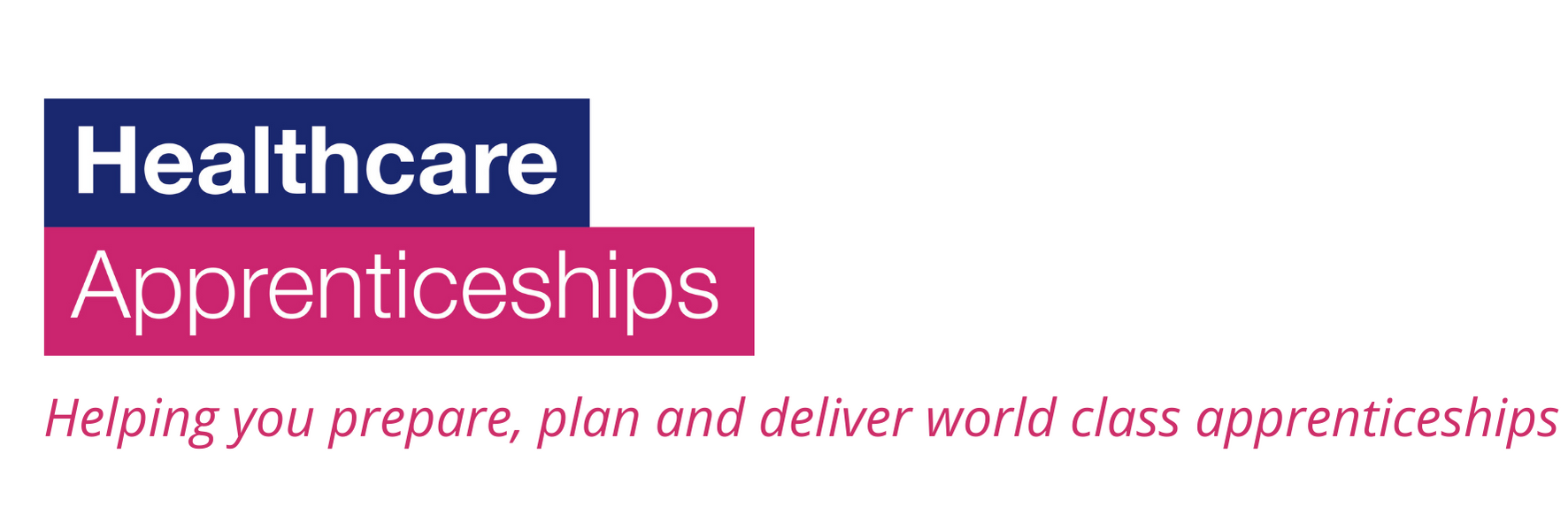Overview
In the discussion, an independent assessor and apprentice have a formal two-way conversation.
The apprentice can refer to and illustrate their answers with evidence from their portfolio of evidence. It gives the apprentice the opportunity to demonstrate their competency across the KSBs mapped to this EPA method.
Rationale
This EPA method is being used because:
· it allows for assessment of knowledge, skills and behaviours that do not occur on a predictable or regular basis
· it allows assessment of responses where there are a range of potential answers that cannot be tested through the observation
· it can be conducted remotely, potentially reducing cost
· a professional discussion is a well-recognised method of checking knowledge, skills and behaviours and is widely used within the health sector.
Delivery
The professional discussion must be structured to give the apprentice the opportunity to demonstrate the KSBs mapped to this assessment method to the highest available grade.
An independent assessor must conduct and assess the professional discussion.
The purpose of the independent assessor’s questions will be to assess the depth of the apprentice’s understanding of the KSBs.
Apprentices are expected to understand and use relevant occupational language that would be typical of a competent person in this occupation.
The EPAO must give an apprentice 2 weeks notice of the professional discussion.
The independent assessor must have at least 2 week(s) to review the supporting documentation. The apprentice must have access to their portfolio of evidence during the professional discussion.
The apprentice can refer to and illustrate their answers with evidence from their portfolio of evidence however the portfolio of evidence is not directly assessed.
The professional discussion must last for 60 minutes. The independent assessor can increase the time of the professional discussion by up to 10%. This time is to allow the apprentice to respond to a question if necessary.
The independent assessor must ask at least 8 questions. Follow-up questions are allowed where clarification is required. The independent assessor must use the questions from their EPAO’s question bank or create their own questions in-line with the EPAO’s training.
The independent assessor must make the grading decision. The independent assessor must keep accurate records of the assessment. They must record:
• the apprentice’s answers to questions
• the KSBs demonstrated in answers to questions
• the grade achieved
Assessment location
The professional discussion must take place in a suitable venue selected by the EPAO (for example the EPAO’s or employer’s premises).
The professional discussion can be conducted by video conferencing. The EPAO must have processes in place to verify the identity of the apprentice and ensure the apprentice is not being aided.
The professional discussion should take place in a quiet room, free from distractions and influence.
Question and resource development
The EPAO must develop a purpose-built assessment specification and question bank. It is recommended this is done in consultation with employers of this occupation. The EPAO should maintain the security and confidentiality of EPA materials when consulting employers. The assessment specification and question bank must be reviewed at least once a year to ensure they remain fit-for-purpose.
The assessment specification must be relevant to the occupation and demonstrate how to assess the KSBs mapped to this assessment method. The EPAO must ensure that questions are refined and developed to a high standard. The questions must be unpredictable. A question bank of sufficient size will support this.
The EPAO must ensure that apprentice has a different set of questions in the case of re-sits or re- takes.
The EPAO must produce the following materials to support the professional discussion underpinned by a portfolio of evidence:
• independent assessor assessment materials which include:
• training materials
• administration materials
• moderation and standardisation materials
• guidance materials
• grading guidance
• question bank
• EPA guidance for the apprentice and the employer
The EPAO must ensure that the EPA materials are subject to quality assurance procedures including standardisation, training, and moderation.


